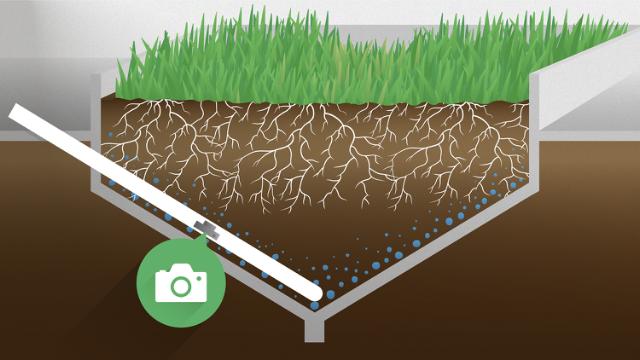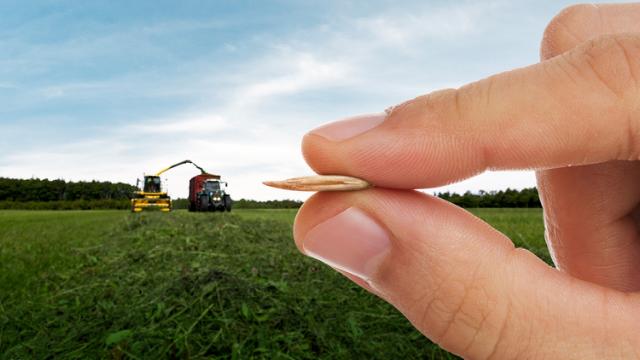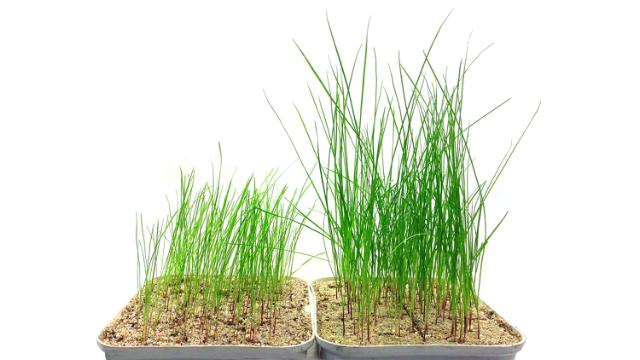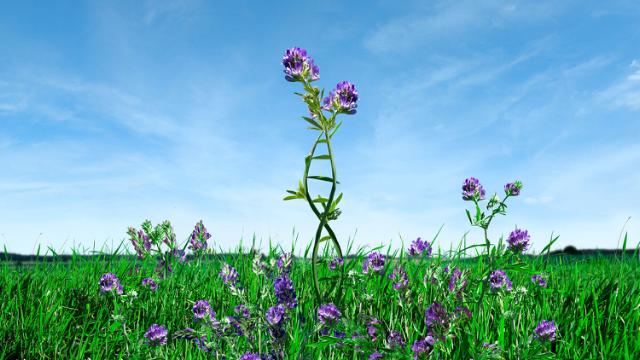
Roots
Changing environmental and climatic conditions challenge your forage production. Grasses that can better handle spring and early summer drought will result in a healthy and high yielding crop.
White clover thrives very well in soils with good water capacity and last for many years. It is very persistent and tolerates many diseases and further it forms many new shoots from stolons that will close gaps in fields. White clover is a widely used forage legume, grown alone or in mixed stands with grasses, in rainfed or irrigated stands. White clover is a high quality forage crop with a high nutritive value and an extreme high protein content. It also fixate nitrogen and because of this characteristics, white clover is of particular interest in organic farming systems. White clover can withstand grazing and large leave white clovers can be used for silage.
High milk or meat yields are essential for running a profitable farm.
The key to this is to keep your herds well fed with home-grown forage.
With best in class ForageMax mixtures you increase the
nutritional value of your forage and silage.

Changing environmental and climatic conditions challenge your forage production. Grasses that can better handle spring and early summer drought will result in a healthy and high yielding crop.

Higher forage quality. Excellent tolerance. Better yields. There are plenty of great reasons to give the green light to PLUS grasses.

Everybody needs good nutrition to grow. Grass seeds are no exception. That’s why we send our ProNitro® coated seeds into the world with a packed lunch full of nitrogen that will fuel germination and growth.

High drought tolerance, excellent yield with a high protein content and not least a natural nitrogen source. The reasons for choosing DLF Alfalfa are manyfold.

Our top quality grasses labeled as DLF Fiber Energy improve nutritional intake. The result is more milk and/or meat yields and at the same time a reduced climatic impact.